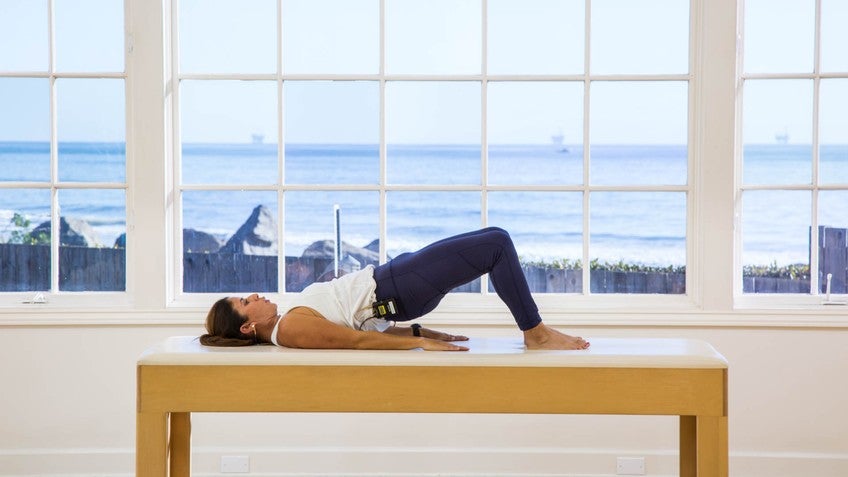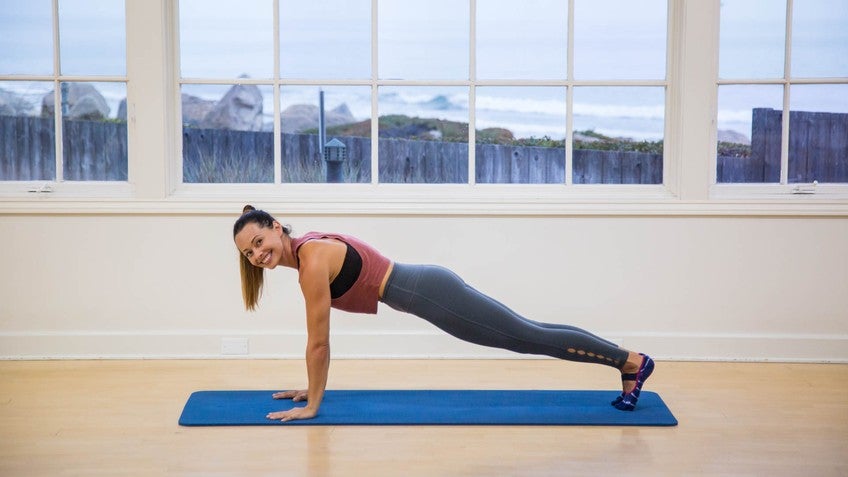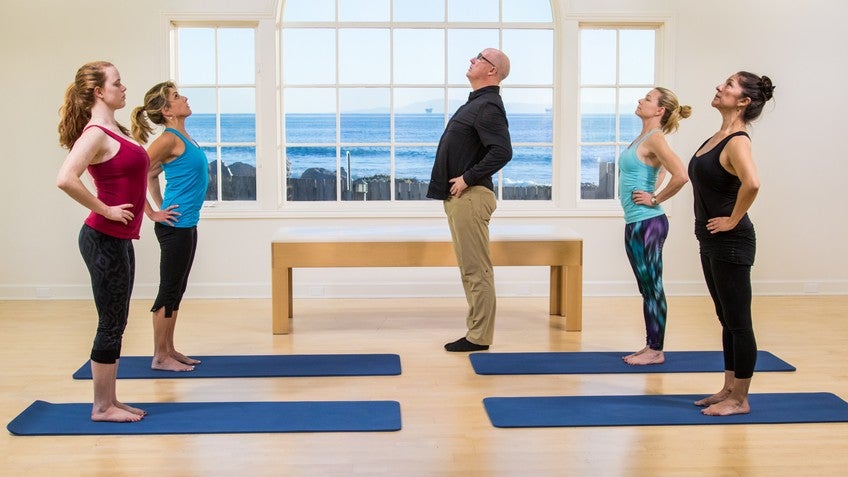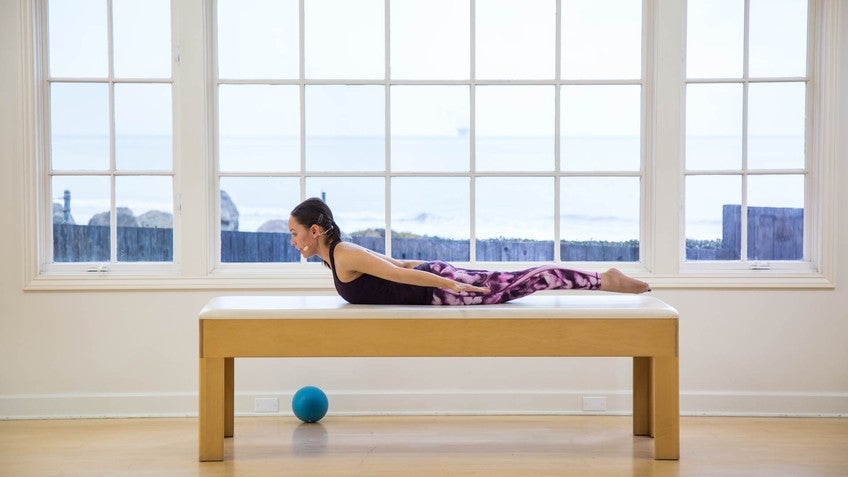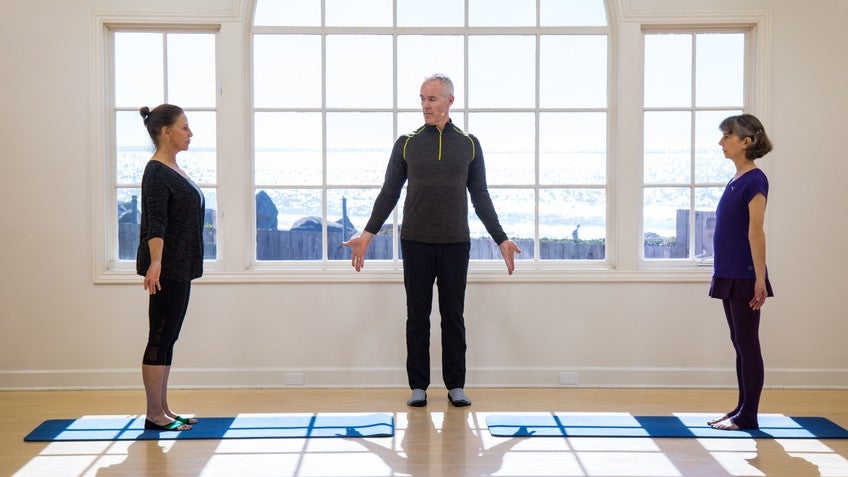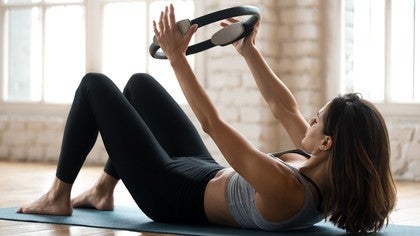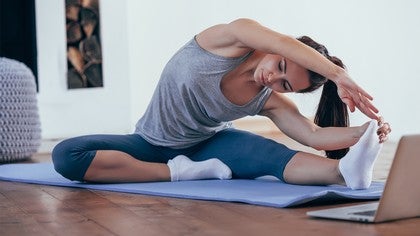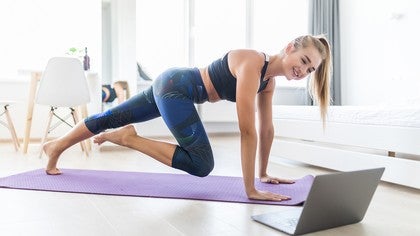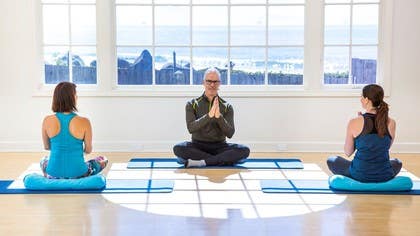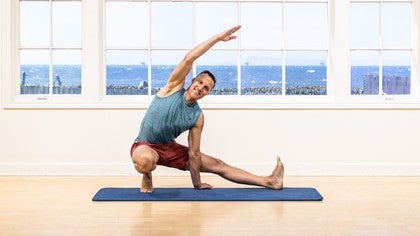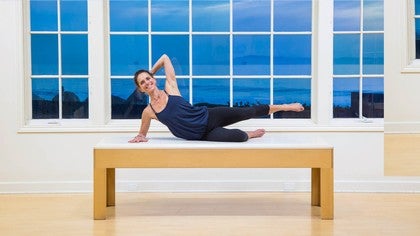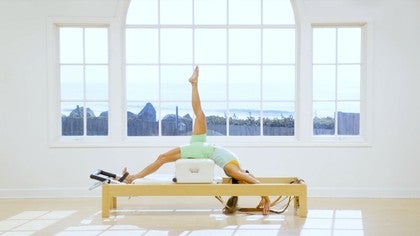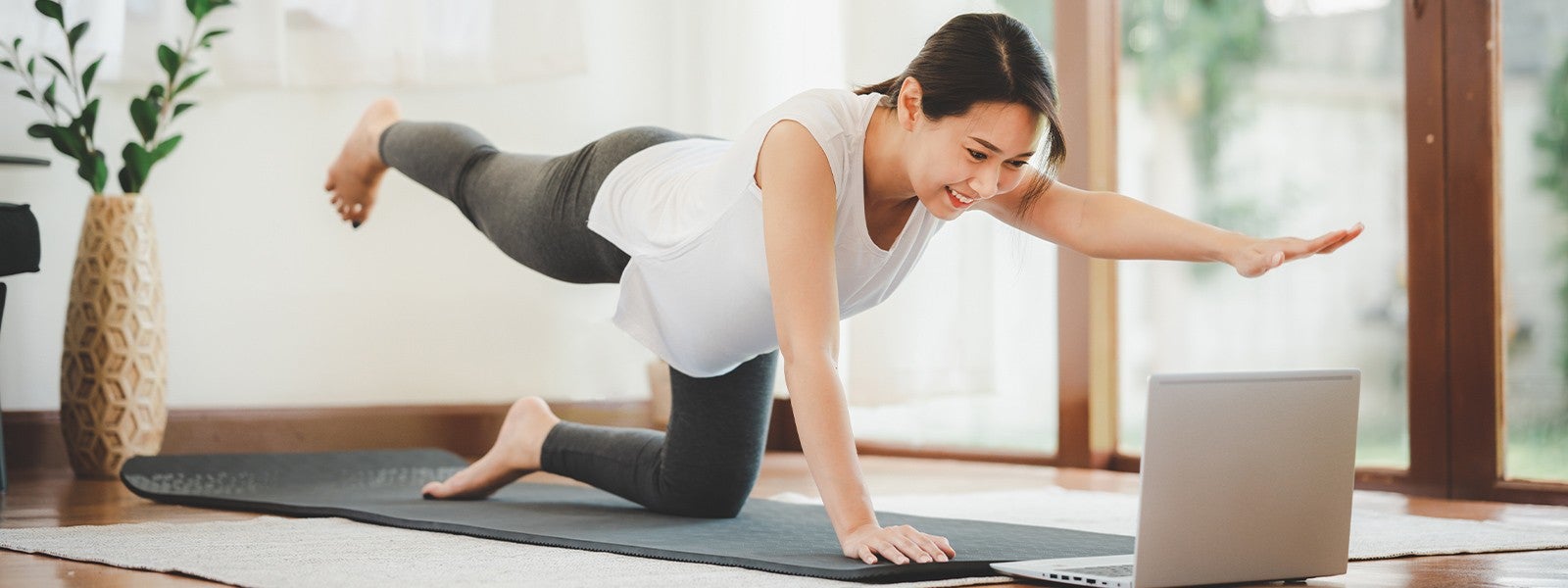
Exercises to Improve Posture at Home
“Stand up straight!” Who hasn’t heard that reprimand at one time or another? We all know what good posture looks like. Think of a dancer’s elegant carriage: shoulders back and down, a tall spine, and a slightly lifted chest.
Modern life has turned out to be detrimental to our posture. Sitting in front of various screens leads to bad postural habits. The pandemic has only exacerbated that situation, with more and more of us spending the bulk of our time gazing at our computers and devices. The result is a parallel epidemic of tight lower backs, stiff necks, and achy shoulders.
Good posture doesn’t just make you look better, it can make you feel better. Performing your daily activities with proper posture reduces the risk of injury and takes pressure off the lower back. When the spine is “long” or “tall,” pressure on the individual spinal discs is relieved. Pulling the abdominals in and up braces the back, reducing the risk of injury while lifting or twisting.
A simple home program of stretches and strengthening exercises can help improve your posture as well as set you up for healthier movement patterns while sitting, standing, or lifting. These exercises can be added to your regular exercise routine or performed on their own. Try to practice three or four times a week. After a month or two, you may find that it’s easier to sit and stand with good posture. You may even hear, “Have you lost weight?” simply because you are standing taller.
Bridge
Strengthening the back body (especially the buttocks and hamstrings) will help correct a slouched or round-back posture and help you maintain a tall spine while seated. Lie on your back with the knees bent, feet flat on the floor, and arms at your sides. Press into the feet and feel the shoulders wide. Lift or roll the pelvis off the floor. Don’t go so high that your lower back pinches; imagine a straight line from your knees to your hips to your shoulders. Roll down one vertebra at a time. Repeat three to five times.
Plank
Plank also referred to as “top of a push-up” is a full-body strengthener that can help counteract a variety of postural imbalances including swayback, slouching, or favoring one side. From an all-fours (quadruped) position, extend one leg at a time straight back, keeping your toes tucked under. Wrists should line up under your shoulders. Keep the head in line with the spine. Pull the abdominal muscles in and up. Imagine a straight line extending from the top of the head to the hips to the heels. Hold the pose for a breath or two before returning to all fours. Repeat three to five times.
Chest Opener
Stretching the pectoral muscles reverses our habitual forward rounding posture (think driving, texting, and gazing at a computer screen). If you sit or stand with rounded shoulders, this will feel great. Stand with your feet a comfortable distance apart. Hold a yoga strap or a belt (a bathrobe belt works perfectly!) behind your hips with palms facing away from you and thumbs facing one another. Raise the belt or strap towards the wall behind you and up. If you need to grasp the belt with a wider grip, do so. As you lift the belt away from you, your chest will feel a stretch. Lower the belt and repeat three to five times.
Back Extension
Think of this as a two-for-one: it stretches the chest as it strengthens the back body. Lie on your stomach with your arms at your sides, feet hip-width apart, and forehead or the tip of your nose resting lightly on the Mat. Pull the abdominal muscles in; imagine your navel lifting off the Mat. Lift your chest, shoulders, and head off the Mat. Lift the arms off the floor until they are in line with your back body, reaching your fingertips back towards your toes. Back off if you feel a pinch in your lower back. Keep your neck long and tuck the chin slightly. Lower everything back down to the Mat. Repeat three to five times. When you are done, push up to all fours and then bring your hips to your heels for child’s pose as a counter-stretch.
Visualization
Stand with your feet hip-distance and arms by your sides. Soften the knees. Pull the abdominals in and up. Let the shoulders relax and widen, which in turn should lift and open the chest slightly. Imagine a helium balloon attached to the top of your head, pulling you upwards. Try doing this one in front of a mirror and note the difference in your appearance simply by becoming aware of your posture.
Our daily habits also affect posture. If you regularly carry a briefcase or purse (and honestly, not having to do this might be one of the few benefits of quarantine), try to switch sides from time to time. Closer to home, if you are the parent of an infant, make sure to alternate which arm you use to hold your baby. We spend so much of our lives sitting, so why not sit better? When you are at your desk, your feet should be flat on the floor. If the floor is too far away, add a footrest to bring the floor closer to you. Adjust your monitor so that you don’t need to hunch or jut your chin to read comfortably. A computer stand or even a pile of old textbooks can raise your monitor or laptop to the proper height. If you spend a lot of time on the phone, invest in a headset or earbuds instead of balancing your phone between your ear and shoulder. Consider programming alerts on your phone to remind you to take movement breaks throughout the day. When it comes to good posture, subtle changes can reap big rewards.
Comments
You need to be a subscriber to post a comment.
Please Log In or Create an Account to start your free trial.
